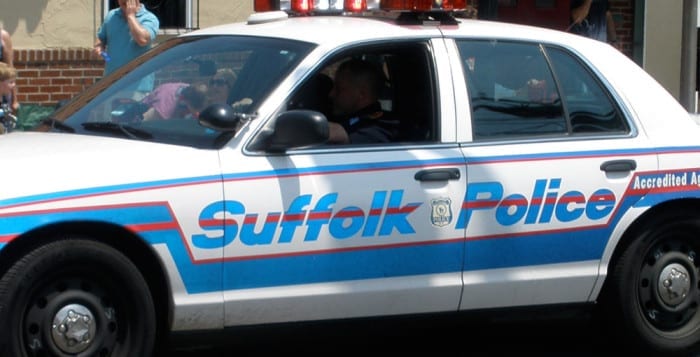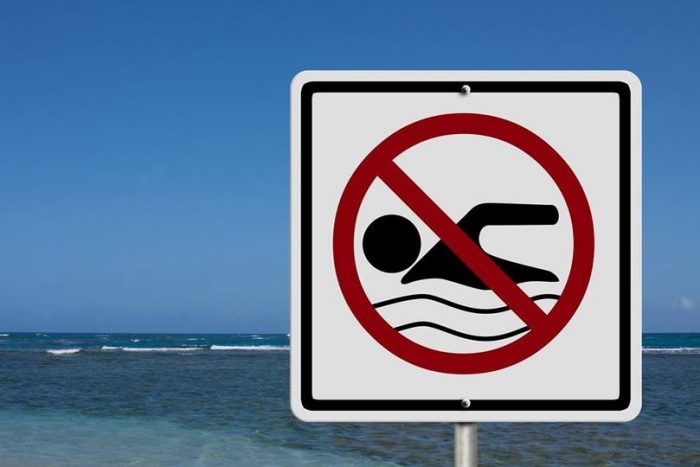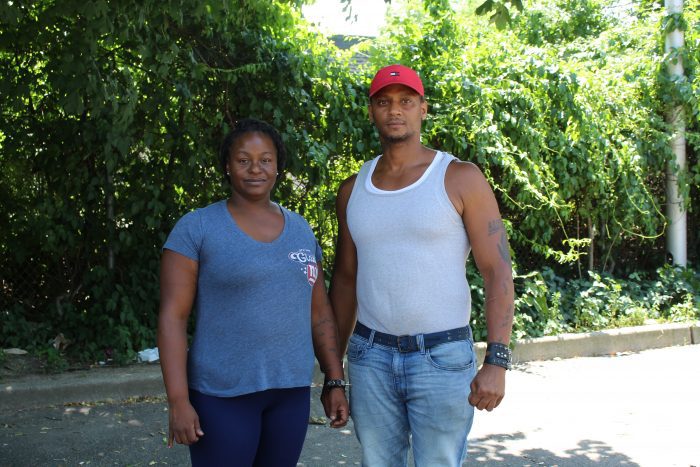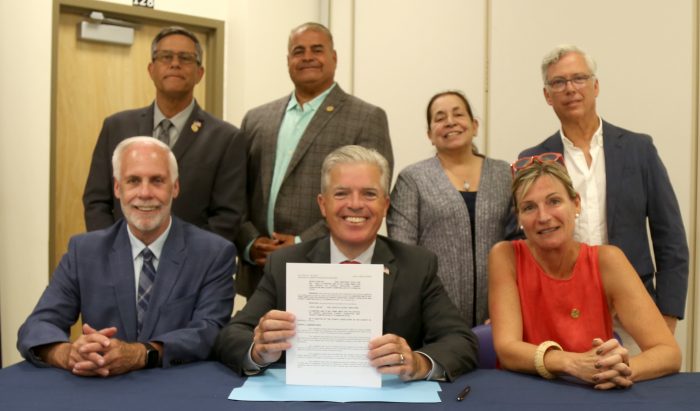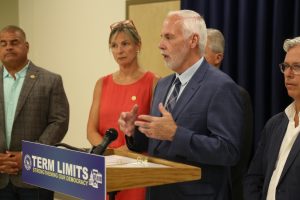After four confirmed shark bites in the last three weeks on the south shore of Long Island, state and local authorities are actively monitoring swimming areas for these apex predators, with lifeguards, helicopters and drones on the lookout for a variety of sharks.

“As New Yorkers and visitors alike head to our beautiful Long Island beaches to enjoy the summer, our top priority is their safety,” Gov. Kathy Hochul (D) said in a statement. “We are taking action to expand patrols for sharks and protect beachgoers from potentially dangerous situations.”
Earlier this month, a lifeguard was engaged in a safety exercise at Smith Point beach when a shark bit him in the chest. A paddle boarder, meanwhile, was bitten by a shark in Smith Bay on Fire Island.
Responding to the potential threat of interactions between swimmers and sharks, Hochul added several safety measures. Park Police boats will patrol waters around the island, while federal, state and county partnerships will share resources and information about shark sightings and better support to identify sharks in the area.
State park safety guidelines will suspend swimming after a shark sighting so the shoreline can be monitored with drones. Swimming may resume at least an hour after the last sighting.
Shark researchers said these predatory fish have always been around Long Island.
The southern side of Long Island likely has more species of shark than the north.
“The Atlantic Ocean, on the south shore of Long Island, has seen a notable increase in shark activity and sightings over the last two years,” a spokesman for Gov. Hochul explained in an email. The Long Island Sound, on the north shore, “has sharks but not this level of activity.”
The three most common sharks around Long Island are the sandbar shark, the dusky shark and the sand tiger shark, said Christopher Paparo, Southampton Marine Science Center manager at the School of Marine and Atmospheric Sciences at Stony Brook University.

Conservation success
The increase in shark populations around the island is a “conservation success story,” particularly because sharks around the world are on the decline.
“We have something special in New York,” Paparo said.
From the 1950s until the 1970s, sharks around the area were heavily fished to the point where the populations declined precipitously.
At the same time, cleaning up the waters around Long Island by reducing ocean dumping and enforcing regulations has made it possible for the sharks and the fish they hunt, such as bunker, to recover.
“The habitat has improved and it can house more sharks in the summertime” than earlier, said Dr. Robert Hueter, chief scientist at OCEARCH, a global nonprofit organization collecting unprecedented data on sharks to help return the oceans to balance and abundance.
“Finally, a good story in marine conservation and a return of our oceans to health and abundance,” Hueter added.
While shark attacks generate considerable headlines, the threat from these marine fish is considerably less than it is for other dangers, such as driving to the beach, which produces far more injuries due to car accidents.
Last year, Paparo said, fewer than 100 shark attacks occurred throughout the world.
“I understand the fear of sharks,” driven in part by movies about them, Paparo said. But “people aren’t afraid of their cars” and they aren’t as focused on drownings, even though about 4,000 people drown in a typical year in the United States.
Hueter said he typically cringes around the Fourth of July holiday because that week is often the height of the beach season, when the larger number of people in habitats where sharks live can lead to bites.
More often than not, the damage sharks around Long Island inflict on humans involves bites, rather than attacks.
“Long Island is becoming the new Florida,” Hueter said. In Florida, people are bitten on their ankles or hands, as small to mid-sized sharks are not interested in people, he added.
While sharks have increased in numbers around Long Island, so have marine mammals, such as whales. On a recent morning last week, Paparo saw three humpback whales before he came to work.
People hunted whales, just as they did sharks, through the 70s, causing their numbers to decline.

Measures to lower risk
People concerned about sharks can take several steps to reduce the risk of coming into contact with them.
Residents and guests should try not to swim at dawn and dusk when sharks typically feed more often.
Additionally, swimmers who encounter a school of bunker, also known as Atlantic menhaden, should avoid the area, as sharks might mistake a person as a larger and slower swimming part of such a school.
Sea birds hovering over an area may be an indication of schooling bunker, a Hochul spokesman explained.
While it’s less likely here than in Cape Cod, seal colonies are a potential threat, as they can attract adult great white sharks. Long Island has become home to some juvenile great white sharks, which are about 4 feet in length.
The governor’s office also encouraged people to swim in lifeguarded areas and with a buddy.
If a shark bites, experts suggest getting out of the water. A swimmer can try to fend off a shark by hitting it in the nose. People should also avoid swimming near areas where others are fishing.
Shark bites, Hueter said, require medical attention because of the damaged skin and the bacteria from shark teeth.
“You want to get good medical help to clean the wound” if a shark bites, Hueter said.
Still rebuilding
Hueter and Paparo added that the number of sharks still hasn’t reached the same levels as they had been decades ago.
“We do have some healthy shark populations,” Hueter said. “Others are still rebuilding. We are not even close to what they used to be if you go back before the overfishing in the 1950s and 1960s.”


